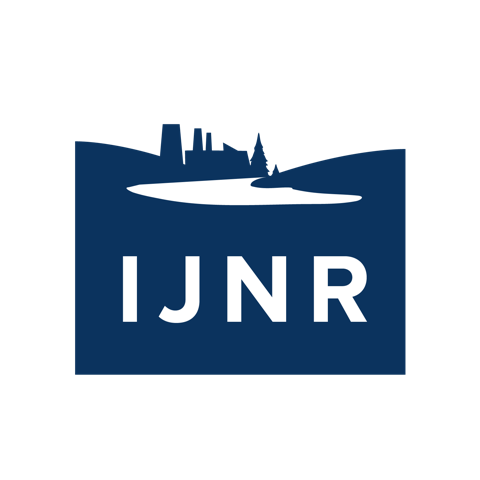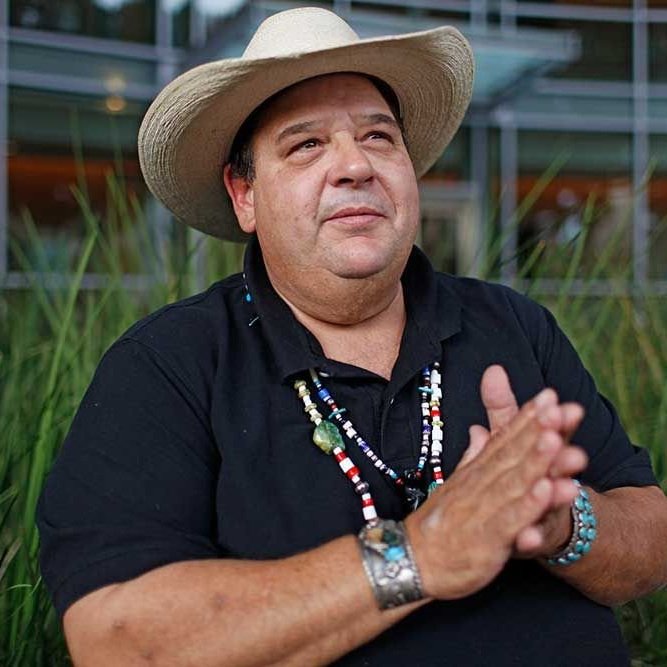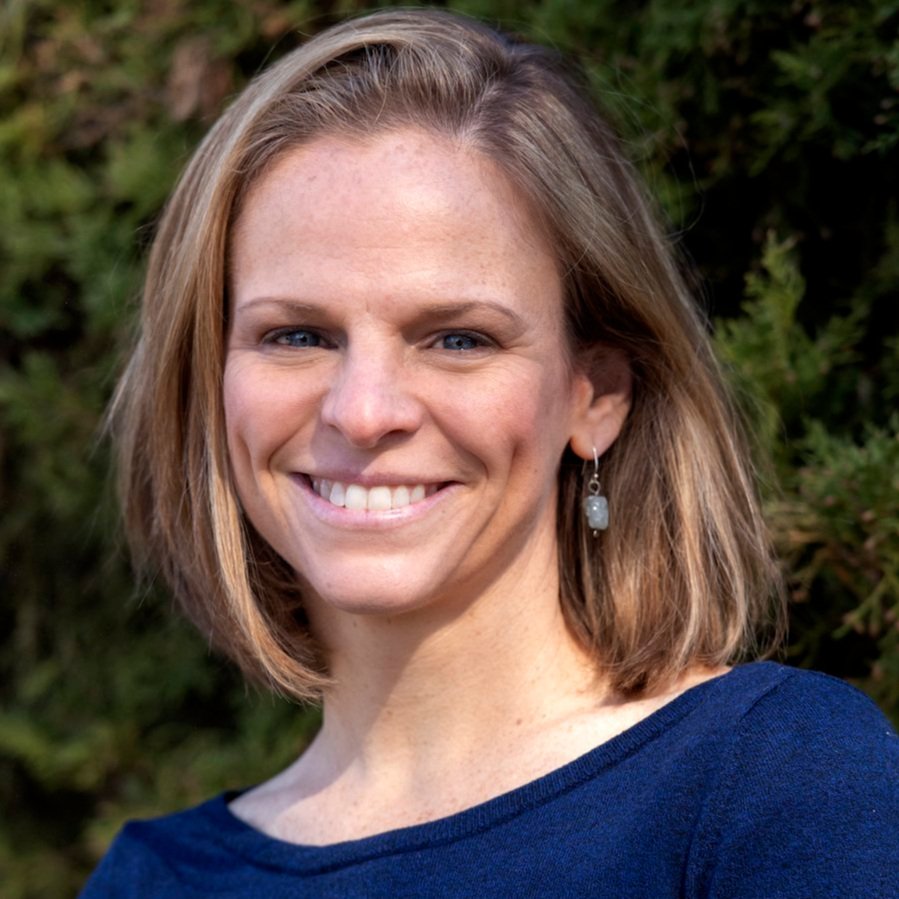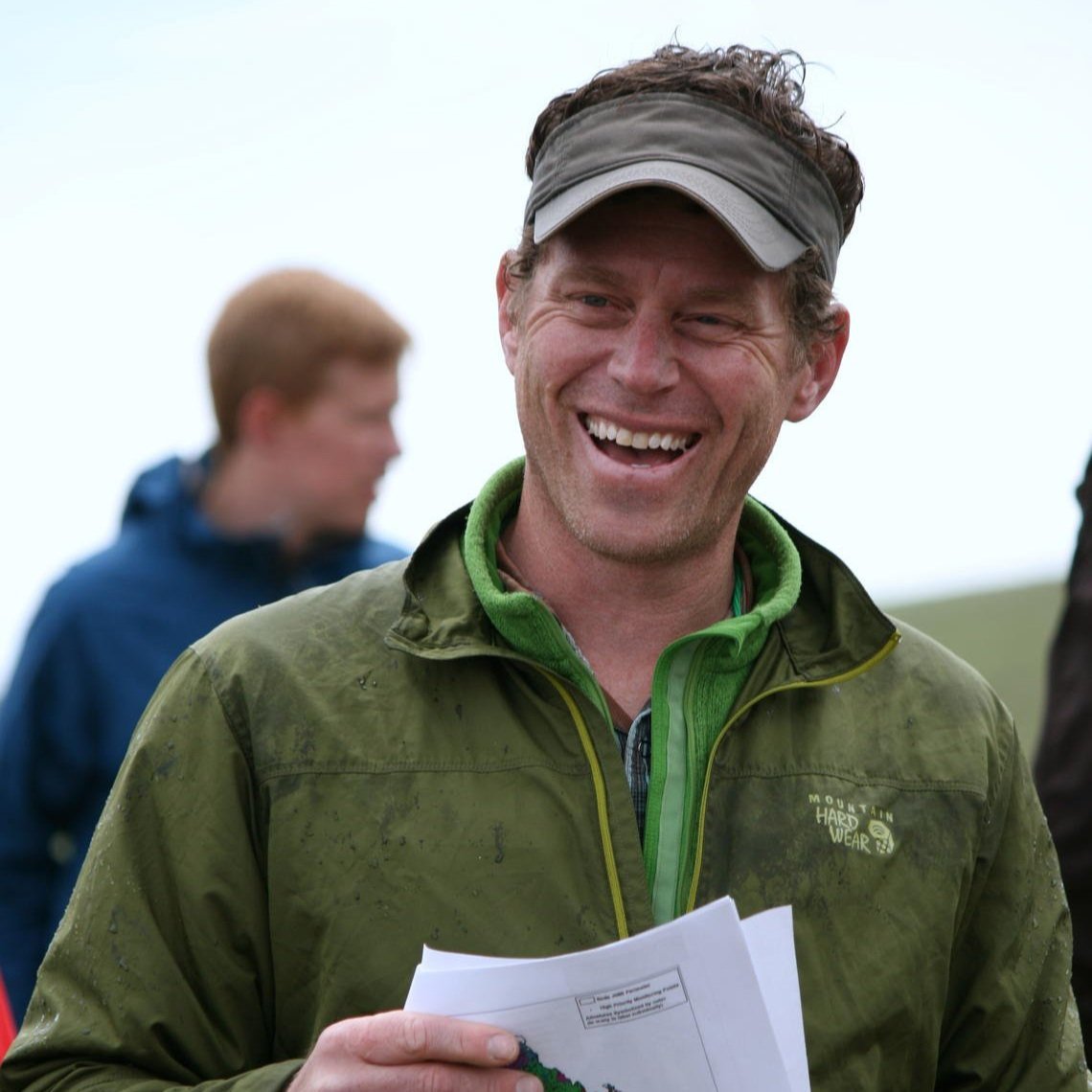Itinerary
Wednesday, May 11
5:45 p.m. - Group meets in the lobby of hotel to walk two blocks to dinner
6:00 p.m. - Opening night dinner and discussion of wildfire and journalism
Kirk Siegler
Correspondent, National Desk, NPR
Thursday, May 12
Breakfast at hotel (Breakfast is available starting at 6 a.m.)
7:15 a.m. - Group meets in hotel lobby to walk to Boise State University
8:00 a.m - Out of the Frying Pan, Into the Fire: Climate Change and Shifting Demographics in the West
Intersecting factors are putting communities in the West at risk for adverse impacts from wildfire. The population is on the move for a variety of reasons, which means communities around the region are seeing increased development in the Wildland Urban Interface (WUI). Meanwhile, climatic factors are creating conditions ripe for unprecedented fire activity - summers are longer, temperatures are hotter, weather can be more extreme, and drought seems to be omnipresent. What happens when these human and environmental shifts collide? And how can communities plan and prepare for the inevitability of wildfire?
Katie McConnell
PhD Candidate, environmental sociology, Yale School of the Environment; Member, Boise State Hazard and Climate Resilience Institute
Dan McEvoy
Applied climatologist, Western Regional Climate Center
9:00 a.m. - Break
9:15 a.m. - Smoke Gets in Your Eyes (And Everywhere Else): Wildfire and Public Health
As fires burn larger and longer, and populations throughout the West face weeks and even months of smokey air, public health experts are responding to these unprecedented conditions and asking questions: We know smoke impact is bad for the lungs and heart - but what about the rest of the body? How can communities prepare for and cope with long-term exposure, and how can we create safe spaces with clean air, especially for the most vulnerable among us?
Luke Montrose
Professor of Environmental Toxicology, Boise State University
Sarah Coefield
Air Quality Specialist, Missoula County Health Department
(Attending virtually)
10:45 a.m. - Break
11:00 a.m. - Rekindling Old Relationships: Returning Cultural Burning to the Landscape
Indigenous relationships with fire are deeply rooted in history, culture, and ecology. Across North America, cultural burning was largely eradicated by colonizers and a Euro-centric approach to fire management — along with natural fire as well. Now, state and federal fire managers are starting to listen to what Indigenous fire practitioners have known all along — that fire is an integral part of the landscape — and there’s growing interest in collaborative management that includes cultural burning. How can these long-held traditions help restore damaged ecosystems, and how can non-Indigenous fire practitioners learn to incorporate this knowledge in broader management decisions?
Elizabeth Azzuz
Secretary, Cultural Fire Management Council; Yurok Tribal Member
(Attending virtually)
Tom Little Bear Nason
Tribal Chairman, Esselen Tribe of Monterey County
(Attending virtually)
12:45 p.m. - Journalists board bus to Idaho FireWise Garden
1:00 - (Not) Burning Down the House: Public Education and Awareness in a Fire-Prone Landscape
There’s no question that part of the wildfire problem is the human element: People expect to be able to thwart fire, to turn it back and tame it. But we don’t think this way about other forces of nature - we don’t assume we can make a tornado change course, or wrestle an earthquake into submission. In an era of exceptionally powerful fires, perhaps a shift in perspective is needed. How can we prepare our homes and property for fire, just as we would prepare for a hurricane? How can we build with fire in mind? What kind of messaging will be required to inspire action, especially in a population that may be resistant to this kind of adaptation?
Brittany Brand
Director, Hazard and Climate Resilience Institute; Associate Professor of Geosciences, Boise State University
Brett Van Paepeghem
Southern Idaho Project Manager, Idaho Firewise
2:30 p.m. - Journalists board the bus to the National Interagency Fire Center (NIFC)
3:00 p.m. - Tour of NIFC
4:00 p.m. - Burnout: Long Seasons, Tough Conditions, and the Realities of Wildland Firefighting
Our nation’s approach to fire management relies heavily on a large seasonal workforce of federal, state, tribal and private laborers. But wildland firefighting is hard, hot, dangerous work, and firefighters are leaving the profession in droves citing low wages, thankless working conditions, and mental health issues. While “fire season” becomes a year-round reality in some regions and record-breaking fires demand hundreds of personnel, fire agencies are facing drastic staffing shortages - as high as 50% in some areas. As these agencies look to a future of ever-increasing need for employees, how can they make sure that these front-line workers are getting the compensation and support they need? And how will more extreme fire conditions continue to make a hard job even harder?
Grant Beebe
Assistant Director of Fire and Aviation, Bureau of Land Management
7:00 p.m. - Dinner
Friday, May 13
Breakfast at Hotel (available starting at 6 a.m.)
7:45 a.m. - Group gathers in lobby to board buses for a day in the field.
8:00 a.m. - Bus leaves town and heads toward the footprint of the 2015 Soda Fire, south of Boise.
9:45 - 10:45 a.m. - Stop One: Sage-steppe Ecosystem Overview
The sage-steppe is a unique ecosystem with a natural fire regime very different than those seen in forests — and one that has been dramatically altered by human influences over the past century. Species that are dependent on the sagebrush sea, such as sage grouse, are feeling the effects as invasive species out-compete natives in the race to regrow after fire moves through.
11:00 - 11:45 a.m. - Lunch
12:15 - 1:30 p.m. - Stop Two: Coordinated Wildfire Suppression and Mitigation
Wildland fire suppression looks quite a bit different on rangeland than in forested landscapes, and the cast of key players includes private citizens in collaboration with state and federal agencies. After a fire moves through, wide-scale rehabilitation and stabilization efforts provide opportunities to bolster native and fire-resistant plant communities — but it’s not always easy to out-compete aggressive invasives.
1:45 - 2:45 p.m. - Stop Three: Fuel Treatment, Prescribed Burns, and the Wildland Urban Interface
Wide-open rangeland provides the perfect stage for fire to get up and run — fast. Strategic placement of fuel breaks and use of prescribed burns can help curtail those mad-dashes of flame across the landscape, by depriving the fire of fuel. The trick is figuring out where best to locate them, and how to prioritize which habitat to protect.
2:45 p.m. - Group boards the bus to return to Boise
4:00 p.m. - Workshop adjourns
Lance Okeson
Assistant Fire Management Officer, Bureau of Land Management Boise District
Brenda Richards
Rancher; Coordinator, Idaho Rangelands Conservation Partnership
Jason Pyron
Wildlife Biologist, U.S. Fish & Wildlife Service
.
Chris Cromwell
Fuels Specialist, Bureau of Land Management Boise District
Josh Uriarte
Species Program Manager and Policy Advisor, Idaho Governor’s Office of Species Conservation
Mike Williamson
Public Affairs Specialist, Bureau of Land Management Boise District
Matt Germino
Supervisory Research Ecologist, U.S. Geological Survey
.
Rob Bennett
Supervisory Natural Resource Specialist, Bureau of Land Management Boise District


















